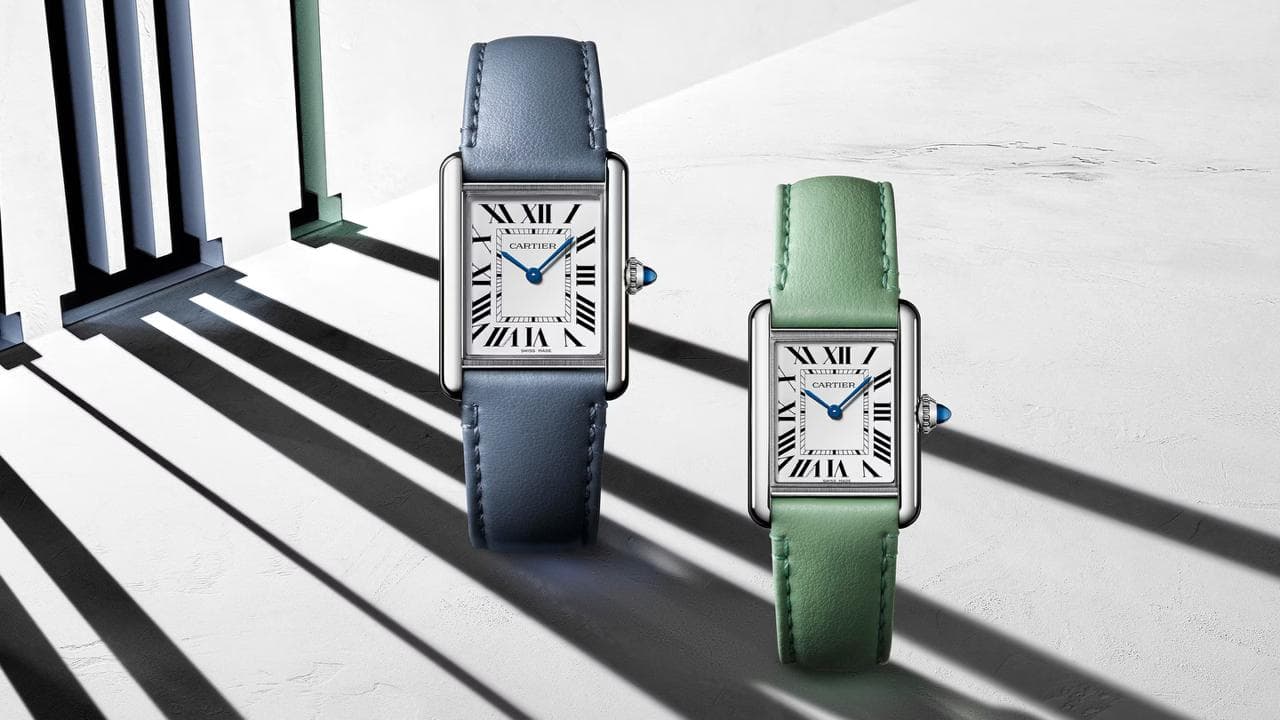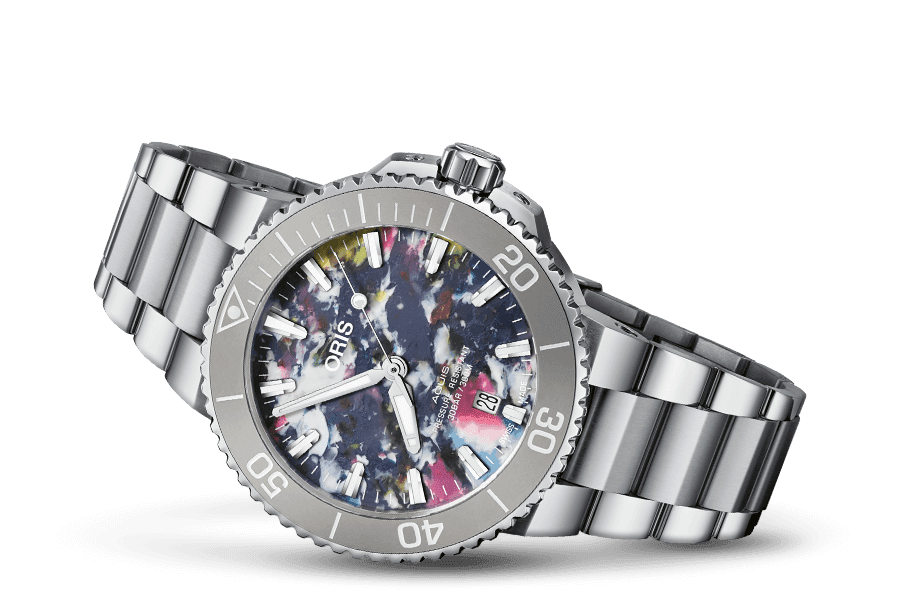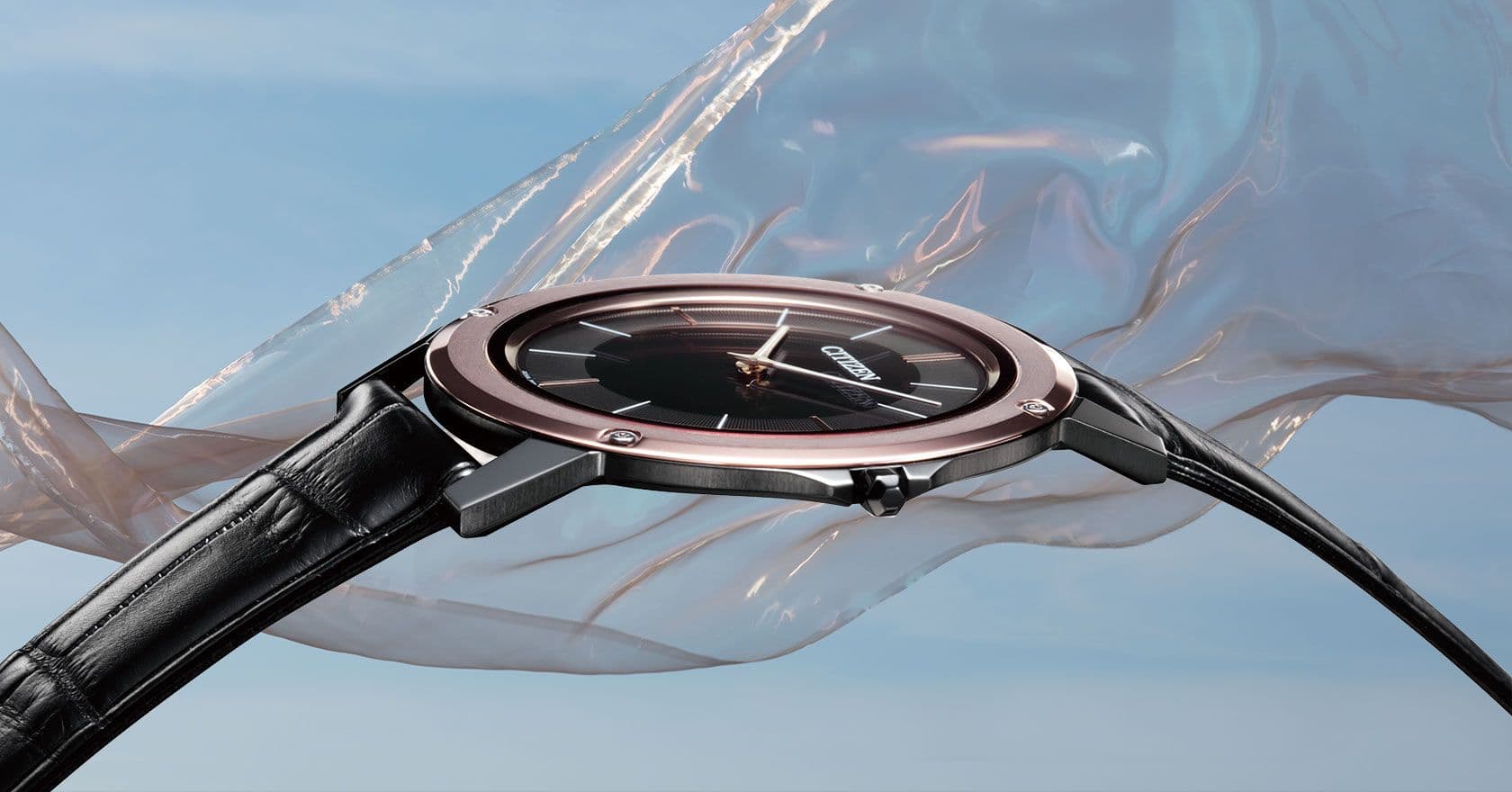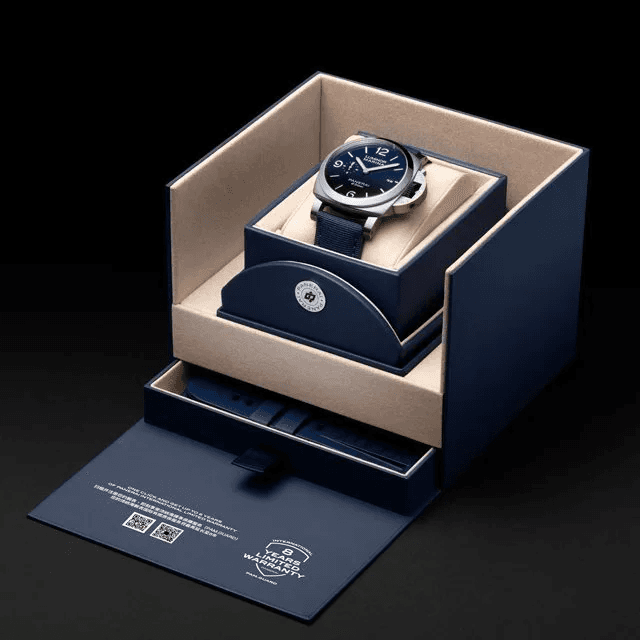
Green Watches: The Rise of Sustainable Horology
For decades, luxury watches focused on precious metals, exotic leathers, and traditional craftsmanship. But in 2025, the push to “go green” is no longer just marketing talk. It’s becoming part of the specifications.
Why Sustainability Matters Now
As younger buyers enter the world of horology, they bring new expectations. They seek fine watchmaking and a clear conscience: materials that do less harm to the environment, supply chains they can trust, and brands that can demonstrate it.
Additionally, stricter EU regulations are forcing luxury brands, including watches, to disclose their carbon footprints, responsible sourcing practices, and recyclability. If they don’t adapt, they risk falling behind or losing access to key markets.
What Are “Green” Materials, Anyway?
So, what does sustainability look like on your wrist? Here are a few materials and real watches demonstrating their use:
Recycled or “Ocean-Bound” Steel: Using recycled stainless steel reduces energy consumption and mining waste. For example:
- Oris Aquis Date Upcycle: The standout diver watch with a unique ocean plastic dial, paired with recycled steel cases. Each dial is one-of-a-kind.
- Panerai Submersible eSteel™: Contains recycled steel alloys. Panerai states that it uses up to 52% recycled content by weight.

Titanium and Recycled Titanium: Titanium is lightweight, durable, and hypoallergenic, providing sustainability advantages when recycled. Notable models:
- IWC Big Pilot’s Watch 43 in Ceratanium®: IWC’s mix of titanium and ceramic, built to be scratch-resistant and more durable, with parts made from recycled titanium scraps.
- Citizen Eco-Drive One: Ultra-thin and solar-powered, this watch uses titanium and minimal materials overall to reduce waste.

Vegan Straps & Plant-Based Leather: Traditional leather is being replaced as plant-based straps are rapidly gaining popularity. Examples:
- Cartier Tank Must SolarBeat™: One of Cartier’s most iconic designs, now featuring a vegan strap made from apple waste.
- Hublot Big Bang Unico Berluti Aluminio: Uses patinated vegan leather alternatives along with recycled aluminum.

Sustainable Packaging: More brands are reevaluating what’s inside the box.
- Panerai eLAB-ID: Comes in packaging made from recycled and low-impact materials.
- Oris: Standardizes recycled cardboard and reusable pouches across multiple lines.

Who’s Leading the Charge?
Some brands are leading the way for others. Here’s who to watch (and what they’ve done):
Panerai:A true pioneer with its Submersible eLAB-ID, 98.6% of its weight is made from recycled materials, including the movement, case, and even Super-LumiNova™. They also share supplier info to promote industry-wide adoption.
Oris:Their Aquis Date Upcycle featured reclaimed ocean plastics on the dial long before it became trendy. They have since created the Oris Blue Charter, collaborating with ocean cleanup projects and maintaining carbon neutrality as an independent brand.
IWC:Launched TimberTex straps, made from plant cellulose sourced from responsibly managed forests, using low-energy production methods and natural dyes. They also emphasize recycled titanium and support a transparent supply chain initiative.
Cartier (Richemont Group):Cartier’s SolarBeat™ Tank Must blends solar technology with vegan apple leather — plus Richemont aims for full carbon neutrality by 2030 and already publishes detailed sustainability reports.
Breitling:Their Superocean Heritage Chronograph Outerknown features ECONYL® NATO straps (made from recycled fishing nets) and was co-developed with surf legend Kelly Slater’s eco-brand Outerknown.
Swatch Group:Omega, Swatch, and other brands under the Swatch Group have expanded the use of bioceramic cases and straps, along with recycled PET packaging, for models like the MoonSwatch.
Does It Matter for Collectors?
For die-hard purists, steel is steel and leather is leather, part of watchmaking’s tactile appeal. But new buyers care about the story behind the watch nearly as much as the movement inside it. Proven sustainability can even increase value over time, as collectors increasingly value transparency and the ability to trace products.
What’s Next?
Watch for digital product passports: next-generation warranty cards that record origin, carbon footprint, repair history, and resale. Early pilots are already active with brands like Breitling and Panerai. What started as limited green initiatives is quickly becoming a new standard for how major maisons design, produce, and certify what you wear on your wrist.

Watchmaking has always balanced heritage with technological advancements. Today’s next leap isn’t just about micro-rotors or perpetual calendars. The future of horology focuses on doing less harm with greater honesty. For tomorrow’s collectors, that may be the most timeless innovation yet.
